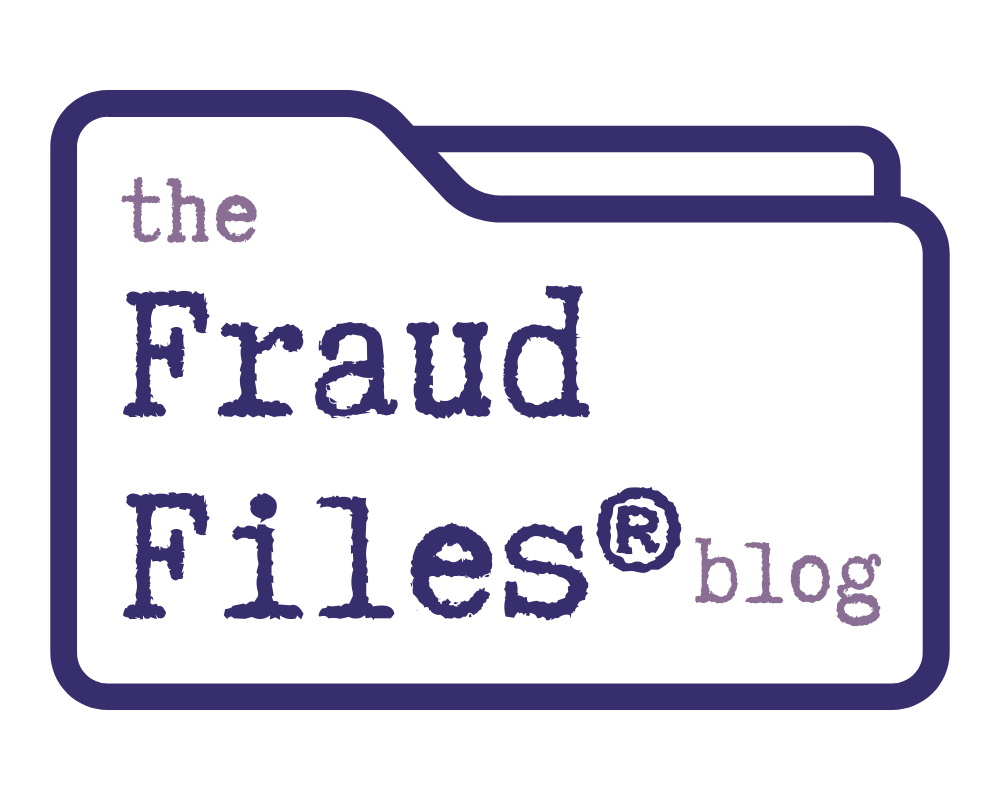An article in a recent edition of the Bloomberg BNS Banking Report on Ponzi Schemes and bank liability referred to an article I wrote on recognizing red flags of Ponzi schemes:
Under each, a plaintiff must account for both the plaintiff’s failure to investigate the would-be fiduciary before investing with the fiduciary and the plaintiff’s failure to monitor the fiduciary’s activities subsequent to the investment. As to the first, there are often many red flags to alert an investor to a Ponzi scheme that reasonable investors should notice and that many investors choose to ignore in pursuit of high returns. Fraud detection expert Tracy Coenen has noted more than fifteen red flags signaling a Ponzi scheme that any investor could spot with a reasonably diligent (and fairly simple) investigation. These items include:
- The schemer’s past history of involvement in such schemes, including findings of misconduct issued by regulators and licensing authorities;
- Implausible and unsupported claims about the amount of return the investment will yield; and
- The absence of any independent third-party review of the schemer’s company.
Similarly, a plaintiff must reasonably monitor a fiduciary’s activities. A reasonable beneficiary would not ignore the failure to receive periodic account statements reporting investment performance or the receipt of any account statements that lack specificity regarding the number and nature of transactions in the account. Exploring the number and nature of the opportunities the Ponzi scheme victim enjoyed to detect and prevent (or at least minimize) the financial harm caused is essential to defending a suit against the bank.
Read the entire article by William Athanas and friends here.



